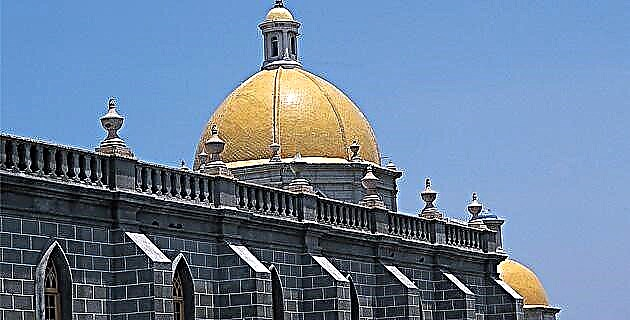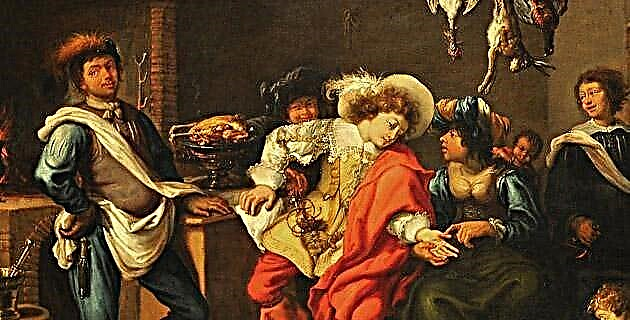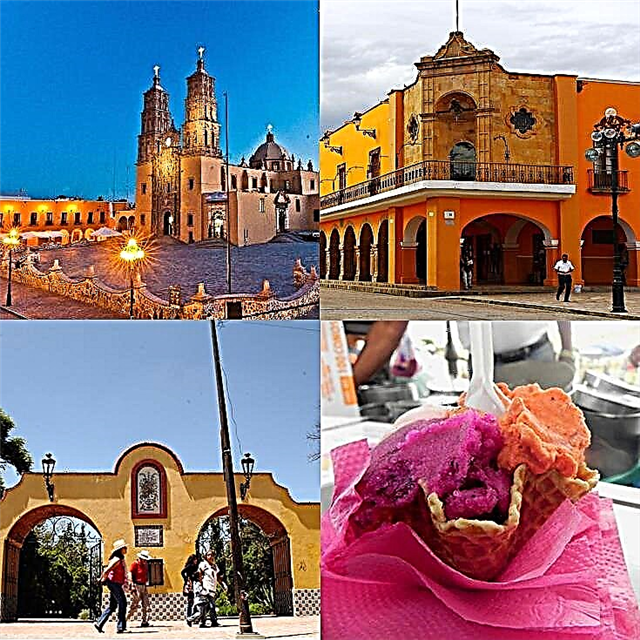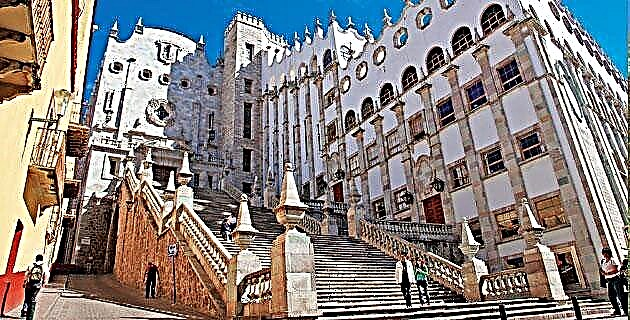
Learn more about the aesthetic fashions that prevailed in the colonial era and the impact they had on colonial buildings.
In our country, the two cultures that merged in the Colony had a deep religious sense in which rites, legends and old beliefs were mixed that led to a new conception. The native still had not recovered from the surprise caused by the rude invasion, when he was already working hard in the construction of temples and buildings.
The arrangement of the settlements generally followed two basic structures: one was the checkerboard-shaped grid - a form that in the seventeenth century the writer Bernardo de Balbuena, in his work Mexican Grandeur, would compare with that of a chessboard - which Although its use was common in European cities of the time, it was a solution adopted by many peoples due to its simplicity, although it should not be forgotten that the distribution of indigenous cities was rather due to a spatial configuration closely linked to their vision. cosmology of the world and the universe.
The other structure was that of the settlements that had to adapt to the geographical features of the terrain; in such cases the layout followed topographic irregularities, adapting the streets and squares to their surroundings. The urban features of a mining nature arranged very close to the deposits and veins of the minerals sometimes coincided with the old Spanish cities of Moorish origin.
At the dawn of colonial times, many of the temples and convents built by the mendicant orders that came to New Spain (Franciscans, Dominicans and Augustinians), were conceived with imposing forms that resembled fortresses. Many of the foundations organized by these builders, were arranged in the manner described above and the main streets led to the temple, whose decorative aspects at an aesthetic level responded to the artistic fashions of the time. Here are some of them.
Gothic: It was created in France at the end of the 12th century and lasted until the 15th century. Its main characteristic is the use of the pointed arch, rose windows and stained glass windows as lighting elements as well as rampant arches for the transmission of loads and thrusts from the vaults. All this plays a decorative role at the same time, since this is an austere style. Its architectural spaces are identified by the vertical linearism that configure its columns and ribs, which converge on the central keystone and transform into vaults. It was introduced to Mexico in the 16th century. There is no example of pure Gothic in our country.
Plateresque: This peculiar style - harmonious mixture of trends introduced in Spain by German, Italian and Arab artists - emerged in Spain towards the end of the 15th century and developed during the first half of the 16th century. As a whole, it referred to all those works of architecture, furniture and minor arts conceived and executed by the silversmiths. In Plateresque, elements of the Gothic, Italian Renaissance and Moorish styles converged. Its application in New Spain was notably enriched by the interpretation of indigenous artisans, who gave it a particular touch by including pre-Hispanic symbols. In general, it is characterized by the use of a profuse decoration based on vegetal guides, garlands and grotesques in the door and window frames, as well as in columns and pilasters. There are also medallions with representations of human busts and the columns are balustraded; some windows of the choirs are geminated and sometimes large rose windows were used on the facades in the manner of the Gothic temples of European cities.
Baroque: It emerged as a gradual evolution of the Renaissance style and its period of duration comprised approximately the first years of the 17th century until the last of the 18th century, although with its own stages of systematic development in the search for new forms and decorative lines. The style also reached the works of painting and sculpture made during the time.
Sober or transitional Baroque: It had an approximately short duration, probably from 1580 to 1630. It was characterized by the use of vegetal decoration in the spandrels of doors and arches, columns divided into three sections decorated with striations arranged vertically, horizontally or in the shape of frets in zigzag and protruding cornices with moldings and inlays.
Solomonic Baroque: The duration of this phase of the Baroque is between 1630 and 1730. Its introduction in Europe was due to the Italian architect Bernini, who copied a column that the Arabs found in a place where the temple of Solomon was supposed . The style incorporated the use of these helical columns into the general decoration of the facades of temples and buildings, returning aspects of the previous modality and enriching it with some of its own motifs.
Baroque stipe or churrigueresque style: It was used as a decorative form between the years of 1736 and 1775 approximately. It developed from the reinterpretation made by European architects, of Greek columns that consisted of inverted pyramidal pedestals, crowned with busts or effigies of gods. It is introduced in Spain by the architect José Benito de Churriguera - hence the name -, it had its heyday in Mexico. Jerónimo de Balbás was the one who introduced him to the country. Although it has been said that the style took up a certain inheritance from Plateresque, its special taste for ornate ornamentation led it to the extreme of creations full of garlands, vases, rosettes and angels that covered entire facades.
Ultrabaroque: It is an unlimited surcharge of the decorative aspects of the churrigueresque, which creates transformations and deformations of classical, baroque and churrigueresque architectural elements resulting in tortuous ornamental elements that exalt the proportions. The style achieved great technical perfection in stucco modeling and wood carving.
Neoclassic: It is the stylistic current that appeared in Europe during the second part of the 18th century with the aim of retaking the decorative norms of the old classical styles of Greece and Rome. The importance of the Academy in Mexico during the 18th century was of great influence on the acceptance of the neoclassical, in addition to the economic boom that New Spain was going through.











